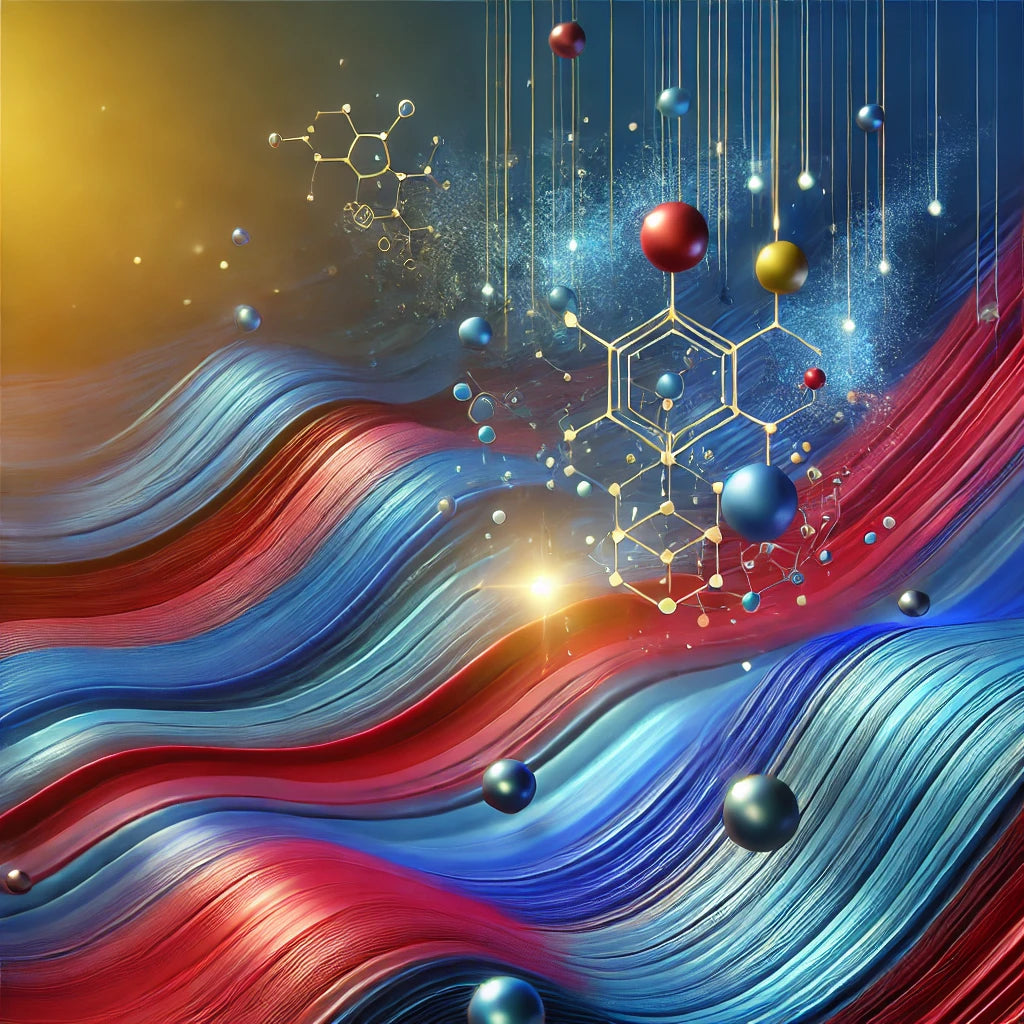
Nanotechnology Paints: Protect and Beautify Long-Lastingly
Share
Introduction :
Nanotechnology-based paints go beyond aesthetics. They protect surfaces from UV, moisture, and contaminants while providing self-cleaning properties. Learn how these innovative paints help extend the life of buildings while respecting the environment.
Topic covered :
- Functionality of nanotechnology paints
- Benefits for residential and industrial construction
- Increased resistance to bad weather
Nanotechnology Paints: Protection and Performance Beyond Aesthetics
Introduction
Nanotechnology-based paints are much more than just a decorative element. In addition to improving the appearance of surfaces, they play a crucial role in protecting them from external elements such as UV rays, humidity, and contaminants. Thanks to their self-cleaning and protective properties, these paints extend the life of structures while reducing maintenance requirements. This marriage of aesthetics and technology offers an effective solution for construction, both residential and industrial, while ensuring a reduction in environmental impact.
Functionality of Nanotechnology Paints
UV and weather protection
One of the biggest challenges for traditional paints is their vulnerability to UV rays and weathering. Over time, surfaces exposed to sunlight tend to fade, crack or peel. Nanotechnology paints, however, incorporate nanoparticles that act as shields, protecting surfaces from the damaging effects of UV.
-
Zinc and Titanium Oxide Nanoparticles : These ultra-fine particles are able to absorb and scatter UV rays, reducing damage caused by prolonged exposure to the sun. This allows painted surfaces to maintain their color and structural integrity for years, without the need for frequent touch-ups.
-
Reduced Water Infiltration : In addition to UV protection, these paints repel moisture thanks to their hydrophobic properties. The nanoparticles form a waterproof barrier, preventing water from penetrating the materials and causing degradation, such as cracks or mold.
Self-cleaning properties
Nanotechnology paints have another revolutionary feature: self-cleaning. Inspired by the principle of the "lotus leaf", these surfaces repel dirt and impurities thanks to a nanometric structure that prevents the adhesion of particles.
-
Reduced Cleaning Needs : Surfaces treated with nanotechnology self-cleaning paints stay cleaner longer. Rain or simple water runoff removes dust, dirt, and even graffiti, minimizing the effort and costs associated with cleaning.
-
Various Applications : These self-cleaning properties are particularly useful for buildings located in urban or industrial environments, where pollution and dust can quickly dull the facades.
Benefits for Residential and Industrial Construction
Improving the Durability of Structures
Buildings, whether residential or industrial, are subjected to the effects of bad weather, pollutants and external aggressions on a daily basis. Nanotechnology paints provide an additional layer of protection that extends the life of structures while reducing maintenance requirements.
-
Residential Construction : In the residential sector, homeowners are increasingly looking for sustainable solutions that require less maintenance. Nanotechnology paints are ideal for homes because they not only provide protection against the elements, but also improve thermal insulation. By reducing moisture infiltration and reflecting some of the sun's rays, these paints help improve the energy efficiency of homes, reducing heating and cooling costs.
-
Industrial Construction : In the industrial sector, nanotechnology paints protect equipment and facilities against corrosion, chemicals and extreme temperature variations. These protections extend the life of industrial infrastructures and reduce costly interruptions due to maintenance or replacement of damaged parts.
Increased resistance to bad weather
Enhanced Protection in Extreme Environments
Harsh environments, such as coastal areas, regions with high rainfall or very hot climates, can quickly degrade conventional paints. Nanotechnology paints, on the other hand, are designed to withstand the most rigorous conditions.
-
Corrosion Resistance : The nanoparticles included in these paints create a protective barrier that prevents moisture and corrosive agents, such as salt, from penetrating the materials. This is particularly beneficial for infrastructures located by the sea or in industrial regions.
-
Reduced Erosion : Surfaces painted with nanotechnology products experience less erosion due to wind, rain and severe weather conditions. This ensures better preservation of buildings and equipment, even in areas exposed to strong winds or frequent storms.
Adaptability to Climate Change
With the increasing effects of climate change, buildings and infrastructure are subject to increasingly unpredictable weather conditions. Nanotechnology paints offer an innovative solution to protect structures from extreme temperature variations, acid rain, and prolonged periods of drought or intense humidity.
- Climate Sustainability : By adapting to new climate realities, nanotechnology paints help buildings better withstand unexpected weather events, such as heat waves, late frosts or severe storms. This reduces repair and maintenance costs related to damage caused by these events.
Conclusion
Nanotechnology-based paints offer considerable benefits beyond their aesthetic function. By protecting surfaces against UV, moisture and contaminants, while ensuring self-cleaning properties, these paints extend the life of structures while requiring less maintenance. For residential and industrial sectors, nanotechnology paints represent an ideal solution to meet the needs of sustainability, protection and respect for the environment in a context of climate change and increasing urbanization. Their increased resistance to weathering makes them an essential choice for the future of modern construction.
